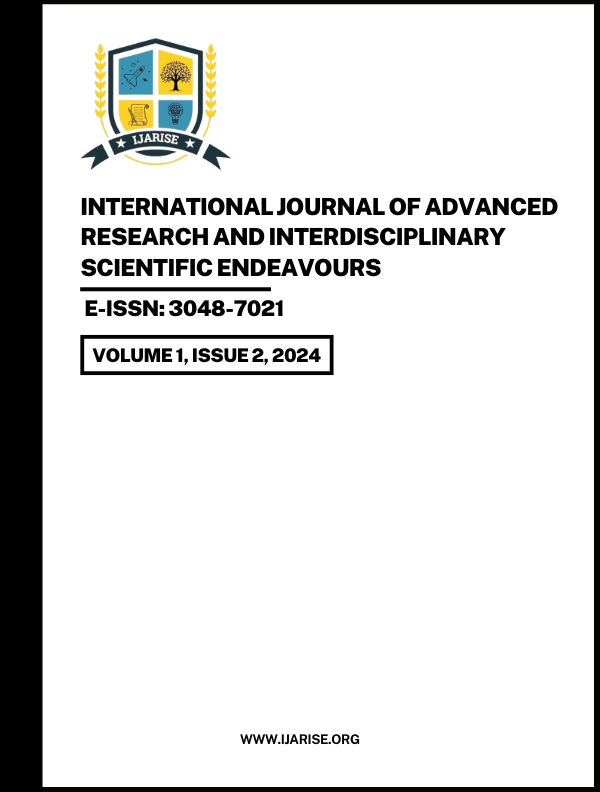Published 2024-07-30
Keywords
- Microservices,
- Architecture,
- Cloud-Native Applications,
- Design Patterns,
- Scalability
How to Cite
Copyright (c) 2025 International Journal of Advanced Research and Interdisciplinary Scientific Endeavours

This work is licensed under a Creative Commons Attribution 4.0 International License.
Abstract
Microservices architecture has emerged as a pivotal approach for designing scalable and maintainable cloud-native applications. Unlike traditional monolithic architectures, microservices decompose applications into small, independently deployable services that communicate through well-defined APIs. This architectural shift enhances modularity, allowing for improved scalability, resilience, and flexibility. This paper explores the core concepts of microservices, including service decomposition, inter-service communication, and data management. It delves into key design patterns such as the API Gateway, Circuit Breaker, Service Discovery, and Strangler Fig patterns, illustrating how these patterns address common challenges in microservices architecture. The discussion emphasizes the importance of these patterns in managing service interactions, ensuring fault tolerance, and facilitating gradual migration from legacy systems. Scalability is a major focus, with an examination of horizontal scaling techniques, load balancing strategies, and elasticity in cloud environments. The paper highlights best practices for scaling microservices, including auto-scaling policies and integration with cloud platforms like AWS, Azure, and GCP. Additionally, the paper addresses challenges such as complexity management, security considerations, and testing strategies. Real-world case studies provide insights into successful implementations and lessons learned. Finally, the paper considers emerging trends and future directions in microservices architecture, emphasizing its role in advancing modern application development. This exploration offers a comprehensive understanding of how microservices architecture can be effectively employed in cloud-native applications to achieve scalability and resilience.

